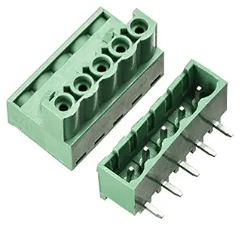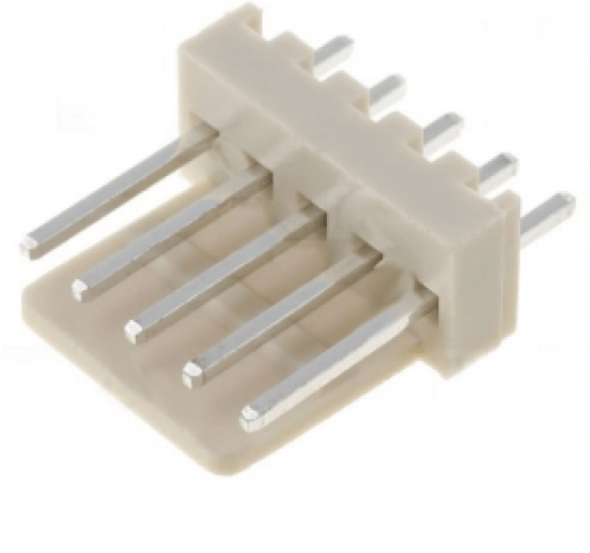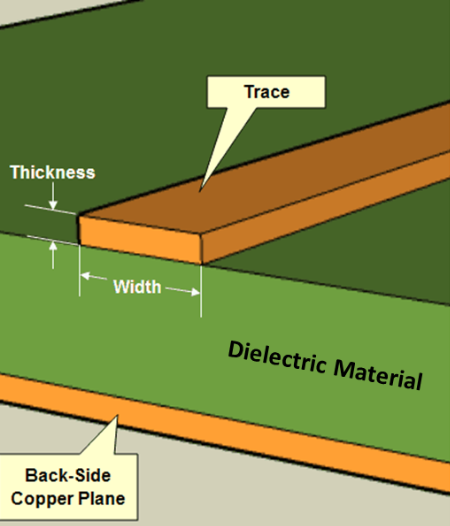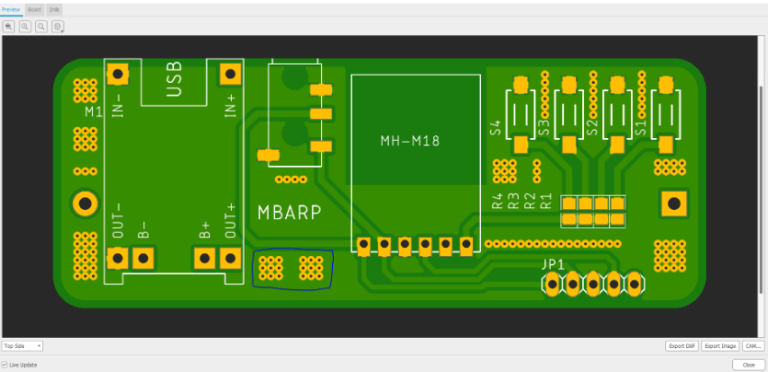5 pin pcb connector
What are the standard PCB connectors?
The most common PCB connector types include one-piece card edge; PCI Express, Micro TCA, and VRM connectors and two-piece board-to-board; FFC/FPC, stacking connectors, wire-to-board, DIN41612, PCMCIA, M55302, memory/adapter card sockets, backplane and mezzanine connectors, as well as square/round post headers and others

5 Pin PCB Connector Selection and Application Guide
In the process of electronic equipment design and manufacturing, it is crucial to select the right 5 Pin PCB connector. 5 Pin PCB connectors not only play a key role in electrical performance, but also directly affect the reliability and stability of the entire system. Therefore, understanding how to select and apply these connectors is a skill that every electronic engineer must master.
Electrical Performance
First, when selecting a 5 Pin PCB connector, its electrical performance must be considered. The current and voltage ratings are the most basic parameters. Make sure that the connector can withstand the current and voltage required by the system to avoid overload and potential electrical failures. In addition, contact resistance and insulation resistance are also important considerations. Low contact resistance can reduce energy loss and improve system efficiency, while high insulation resistance helps prevent leakage and short circuits.
Mechanical Energy
Next, mechanical performance cannot be ignored. The plug-in force, durability, and vibration resistance of the connector directly affect its service life and reliability. Excessive plug-in force may cause installation and maintenance difficulties, while too little plug-in force may cause poor contact. In terms of durability, choosing a connector with a high number of plug-in times can reduce the frequency of replacement and reduce maintenance costs. Anti-vibration performance is particularly important in mobile devices or industrial environments, ensuring that the connector can maintain a stable connection under vibration conditions.

Environmental adaptability
In addition, environmental adaptability is also a factor to consider when selecting a 5 Pin PCB connector. Different application environments have different requirements for connectors. For example, equipment working in high or low temperature environments needs to choose high temperature or low temperature resistant connectors. In humid or corrosive environments, it is necessary to choose connectors with waterproof, dustproof or corrosion resistance. By choosing connectors suitable for specific environmental conditions, the reliability and service life of the system can be greatly improved.
Application of 5 pin pcb connectors
In actual applications, 5 Pin PCB connectors are widely used in various electronic devices, such as computers, communication equipment, industrial control systems, and consumer electronics. Different application scenarios also have different requirements for connectors. For example, in computers and communication equipment, the stability and speed of signal transmission are key, so it is necessary to choose connectors with high frequency performance and low signal attenuation. In industrial control systems, the anti-interference ability and mechanical strength of connectors are particularly important.

In summary, choosing a suitable 5 Pin PCB connector requires comprehensive consideration of multiple factors such as electrical performance, mechanical performance, and environmental adaptability. Through reasonable selection and application, the reliability and stability of electronic equipment can be ensured, thereby improving the performance and service life of the entire system. Whether in the design stage or in actual application, in-depth understanding and mastery of these key elements are the basis for achieving high-quality electronic products.






